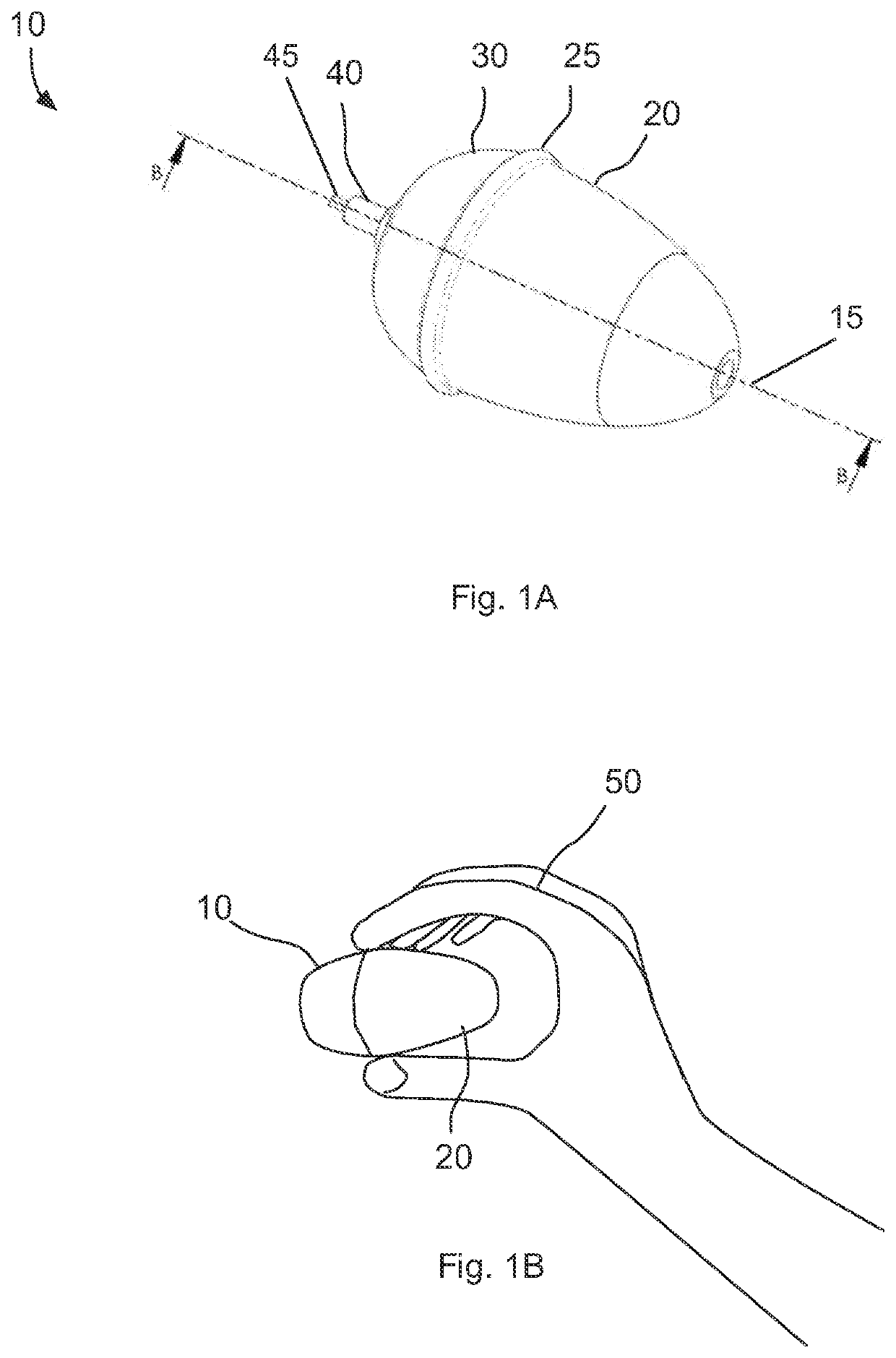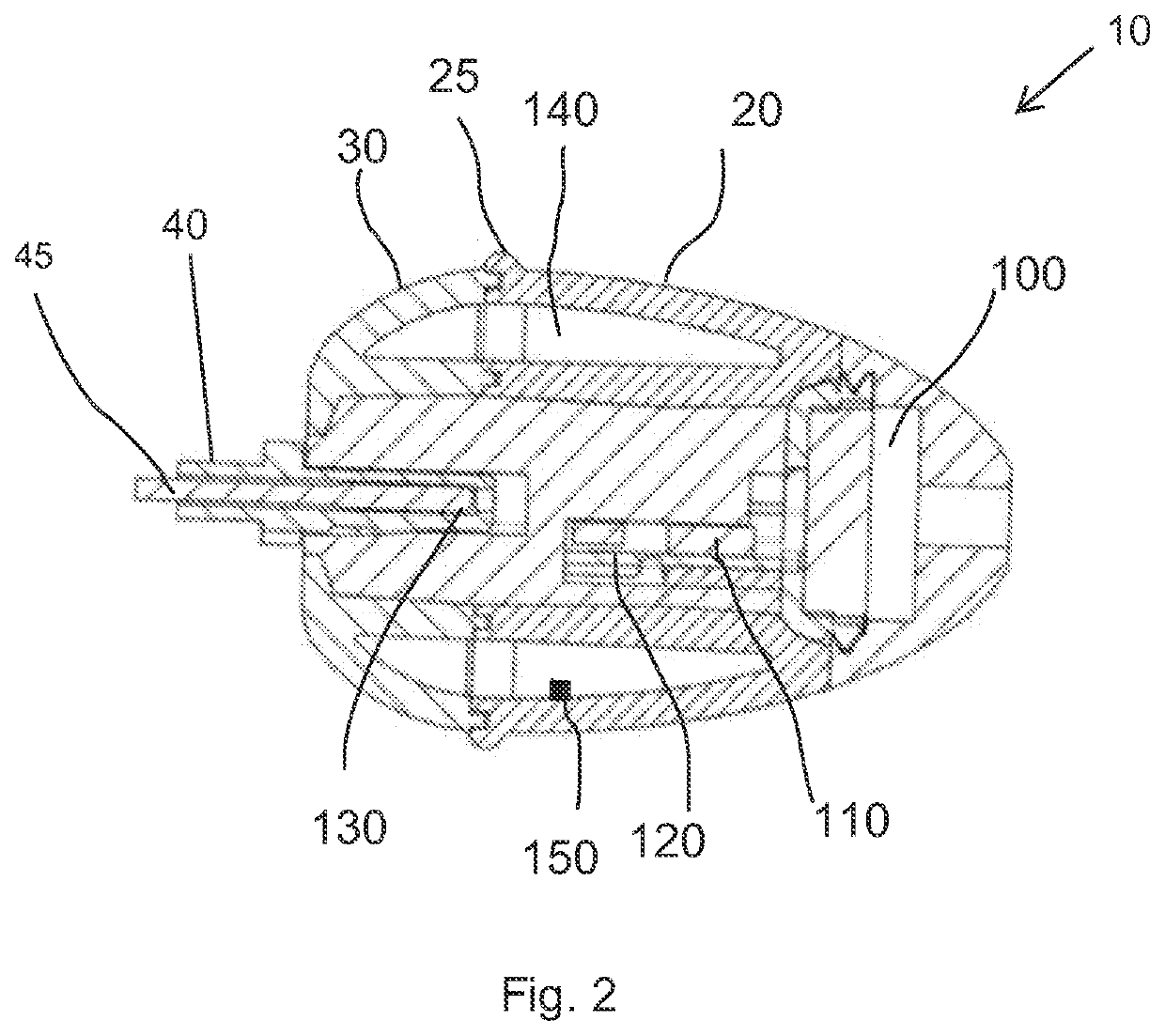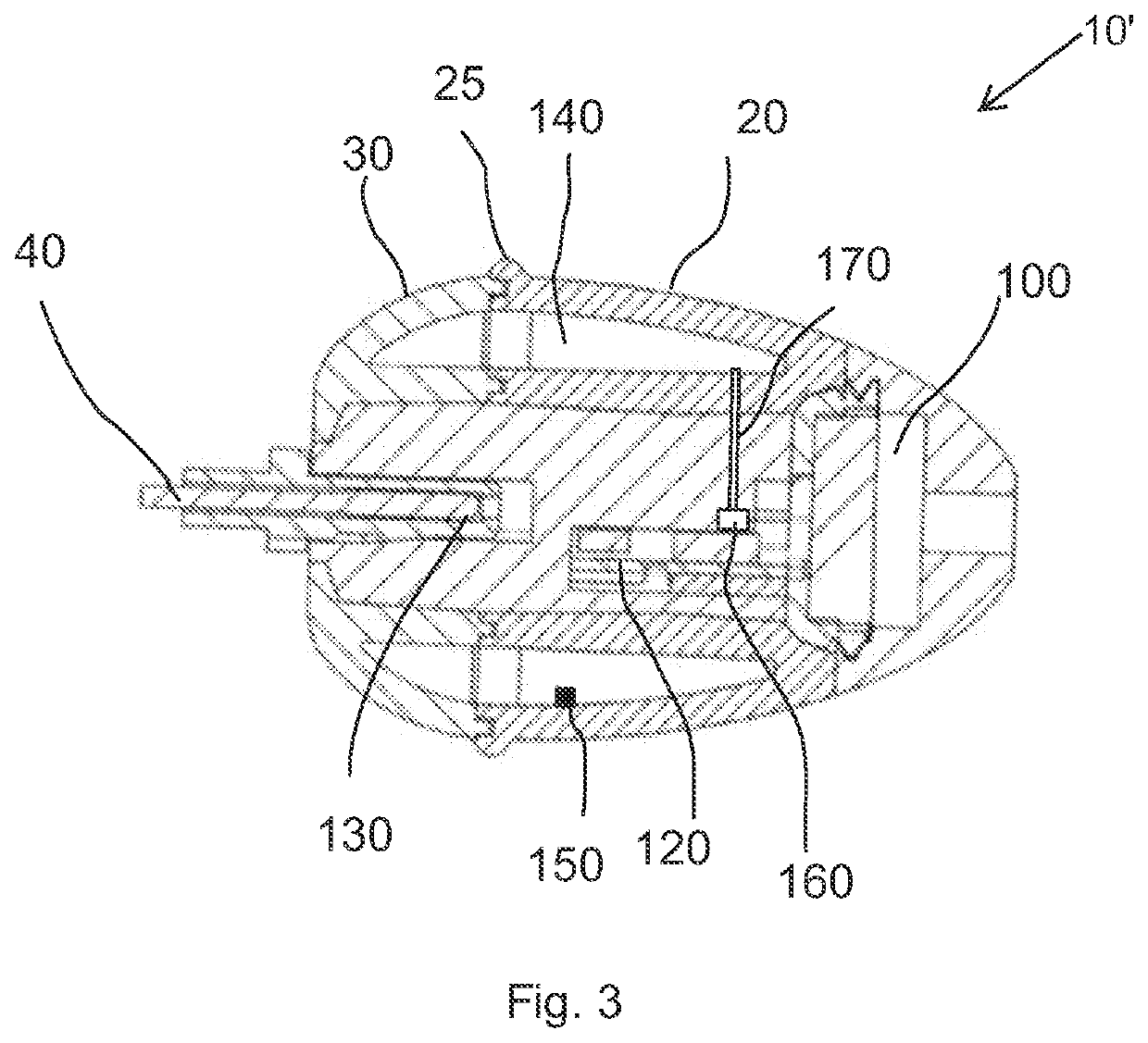Hyperdexterous surgical system user interface devices
a surgical system and user interface technology, applied in the field of surgical systems and methods, can solve the problems of robot tools, inconvenient operation, and inability to adapt to other surgical tasks, and achieve the effect of limiting the reference information provided to the surgeon to the view provided
- Summary
- Abstract
- Description
- Claims
- Application Information
AI Technical Summary
Benefits of technology
Problems solved by technology
Method used
Image
Examples
Embodiment Construction
[0073]International Application No. PCT / US2014 / 026115 filed Mar. 13, 2014 designating the US and published in English on Sep. 25, 2014 as WO 2014 / 151621 describes various hyperdexterous surgical systems. This application is incorporated by reference herein. This application describes a new type of robotic system. The hyperdexterous surgical system overcomes deficiencies of typical on-market robotic systems. However, the versatility of the user interface device needs to match the versatility of the movement of the tools or end effectors of the hyperdexterous surgical systems. Thus disclosed herein are user interface devices that are able to control the hyperdexterous surgical systems with versatility. The user interface device can control end effectors or tools. Examples of end effectors include graspers or jaws. An end effector, as used herein, should be understood to include any of the following: (1) the most distal portion of a robotic arm, typically the portion which is interacti...
PUM
 Login to View More
Login to View More Abstract
Description
Claims
Application Information
 Login to View More
Login to View More - R&D
- Intellectual Property
- Life Sciences
- Materials
- Tech Scout
- Unparalleled Data Quality
- Higher Quality Content
- 60% Fewer Hallucinations
Browse by: Latest US Patents, China's latest patents, Technical Efficacy Thesaurus, Application Domain, Technology Topic, Popular Technical Reports.
© 2025 PatSnap. All rights reserved.Legal|Privacy policy|Modern Slavery Act Transparency Statement|Sitemap|About US| Contact US: help@patsnap.com



